
The Twelve Prophecies.
Yes, twelve.
What are the Prophecies? They are the readings at the Easter Vigil.
The Easter Vigil is one of the oldest of ceremonies in the Christian Church.
During it the Catechumens are given their last instruction, in the porch of the Church, before being introduced into the Church, one by one, during the reading of the Prophecies.
The rest of the congregation listen to the Prophecies which are the story of salvation from the Creation of the World to the Birth and Resurrection of Jesus Christ, the Messiah.
So far as we are able to tell there have always been 12 Prophecies. They begin at Genesis with God creating the world and end with the story of Nebuchadnessar, the later Epistle and Gospel telling of the Resurrection of Christ.
These ceremonies are thus of ancient and most hallowed and sacred origin. None but the most impious would dare to interfere with such ancient rites which come to us from the earliest of times in the Church.
The structure of the Vigil has been as follows:
1. The Blessing of the Fire and the Paschal Candle (with the grains of incense in the shape of a Cross) and the singing of the Exultet by a Deacon, followed by the Procession into Church and the spreading of Lumen Christi, the Light of Christ (signified by slowly re-lighting the lamps in the Church).
2. The Prophecies, sung just as the Catechumens, dressed in white robes, are, one by one, introduced into Church.
3. The Blessing of the Baptismal Water (if there is a Font) by which the Catechumens will be baptised.
4. The Litany of the Saints during which the Catechumens are baptised.
5. The Solemn Mass of the Vigil during which the Neophytes, newly baptised, will communicate.
This is then followed by Compline of the Easter Vigil (now Solemn Lauds of Easter Day since the Vigil is celebrated around midnight and not in the afternoon or morning).
Until Bugnini's cut and paste job of 1955, the Easter Candle was not lit directly from the Easter fire but rather from a three-branched olive stem housed in a candelabrum which was lit, to signify the Holy Trinity and the olive branch of peace, first from the Easter fire. From this triple branch, introduced into the Church with the chant of Lumen Christi, as now, was then lit the Easter Candle, standing in the Sanctuary atop its pillar, to symbolise the Pillar of Fire that, by night, led the Children of Israel out of bondage. Thereafter, the lamps of the Church were then slowly lit - not all at once in a rush but slowly - to symbolise the gradual spreading of the Light of Christ throughout the world.
This was but some of the most ancient, most fitting and beautiful symbolism that the irreverent Bugnini dared to interfere with.
Moreover, in the early Church and right up until around 1100AD or thereabouts, the ceremonies began late in the evening and did not conclude until daybreak. Psalms, chants and prayers were sung - as they still are among the Greeks - and ceremonies and rituals were carried out in search of Christ's sacred but resurrected Body by way of demonstration that He had risen in deed and would not return until the morrow when He would first be seen by St Mary Magdalene and mistaken for the gardener.
 The Holy Women come early on the Sabbath to the tomb to anoint the Body of Jesus but find Him not therein
The Holy Women come early on the Sabbath to the tomb to anoint the Body of Jesus but find Him not thereinThere is a lot of talk about how it was wrong to celebrate the Vigil during the day and not at night and that this was an abuse which crept in over the years. This is true and I see no reason for not returning the Vigil to its place at night. It is not an issue.
That argument is a distraction from the main issue which is that the 12 Prophecies were cut from 12 to 4 by the scheming and devious Bugnini when he "reformed" the Easter Triduum in 1955.
He did this in his usual underhand way by soothing the concerns of Pope Pius XII that the changes were small and reasonable. The Pope was deceived by Bugnini - and he was not the first so to be deceived!
The changes are major and all the worse for being done to so ancient a ceremony that comes to us from the earlies times, hallowed as they are by ancient usage and tradition.
The necessity for the 12 Prophecies, quite apart from their being ancient, hallowed and traditional, is that they tell the story of salvation from Creation to Christ.
Cutting them to only 4 is thus a complete nonsense since it does not tell the story of salvation but only a few unconnected bits i.e. Genesis, Exodus and the crossing of the Red Sea, a short piece from Isaiah and a reversion back to Deuteronomy.
Bugnini has done little more than take a pair of scissors to the 12 Prophecies and cut 8 of them out more or less arbitrarily.
By what conceivable right did this relatively minor Vatican official dare to do such a thing to so ancient and hallowed a right? And how can his arbitrary slashing be in any way right or conducive to edify the people? It is but a piece of wonderful impudence introduced by a kind of deception.
Indeed, so impudent was it that, when the new rites were being constructed, he felt that he had to restore some of the readings so that, in the Novus Ordo, it is possible, once again, to have most, if not all, of the 12 ancient Prophecies.
In this sense, then, and ironically, the Novus Ordo Easter Vigil is superior to that of 1955 and 1962!
The Greeks were, and remain, horrifed by what they regard as yet further blasphemy by the Latins in interfering with the ancient ceremonies, since they, the Greeks, still continue with the full ancient ceremonies that have been in place since the earliest times.
Even today, the Greek Church begins the ceremonies in the late evening and continues near enough until dawn, the Faithful, having processed around the Church in search of their Crucified Lord, waiting threafter with expectation, chanting and praying, for their Resurrected Saviour.
It makes us Latins look weak indeed by comparison!
Now we are weaker still, since Bugnini chopped the Prophecies by a third.
In the Basilica of St John Lateran, there were, in effect, 24 Readings since the ancient Propheices were sung twice over, once in Greek and once in Latin, another ancient ceremony.
Moreover, from the days of the early Church right up until the late 19th century - and in various places even well into the 20th century - the Deacon sang in the Exultet not only prayers for the Pope and bishops but also prayers for the Roman Emperor and the civil rulers.
 Emperor Charles IV at prayer, wearing the ancient imperial crown of the Emperor Charlemagne. 1375. Detail from a votive panel of Jan Ocko of Vasim.
Emperor Charles IV at prayer, wearing the ancient imperial crown of the Emperor Charlemagne. 1375. Detail from a votive panel of Jan Ocko of Vasim.
This ancient prayer was not formally removed from the Exultet until Bugnini removed it in 1955, although Pope Pius XII, under strong pressure from Republican American prelates in 1942 when the Vatican was under the immediate threat of the Nazi Republicans, allowed it to be left out.
Let me conclude with that ancient prayer for the Roman Emperor, prayed throughout the Catholic world for so many centuries during the Easter Vigil:
EASTER VIGIL – THE EXULTET
PRAYERS FOR THE ROMAN EMPEROR
(The lamps were traditionally lit but gradually from the Paschal fire halfway through the Exultet to signify the Resurrection of Jesus Christ)
Respice etiam ad devotissimum imperatorem nostrum (Nomen) cujus tu, Deus, desiderii vota praenoscens, ineffabili pietatis et misericordiae tuae munere, tranquillum perpetuae pacis accommoda, et coelestem victoriam cum omni populo suo.
Regard also our most devout Emperor [Name] and since Thou knowest, O God, the desires of his heart, grant by the ineffable grace of Thy goodness and mercy, that he may enjoy with all his people the tranquillity of perpetual peace and heavenly victory.
Restore to us our 12 ancient Prophecies, O Lord!

A Pillar of Fire by night went before the Children of Israel...
...








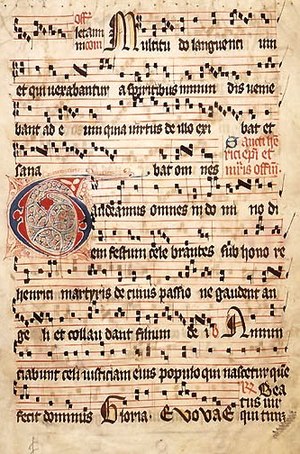

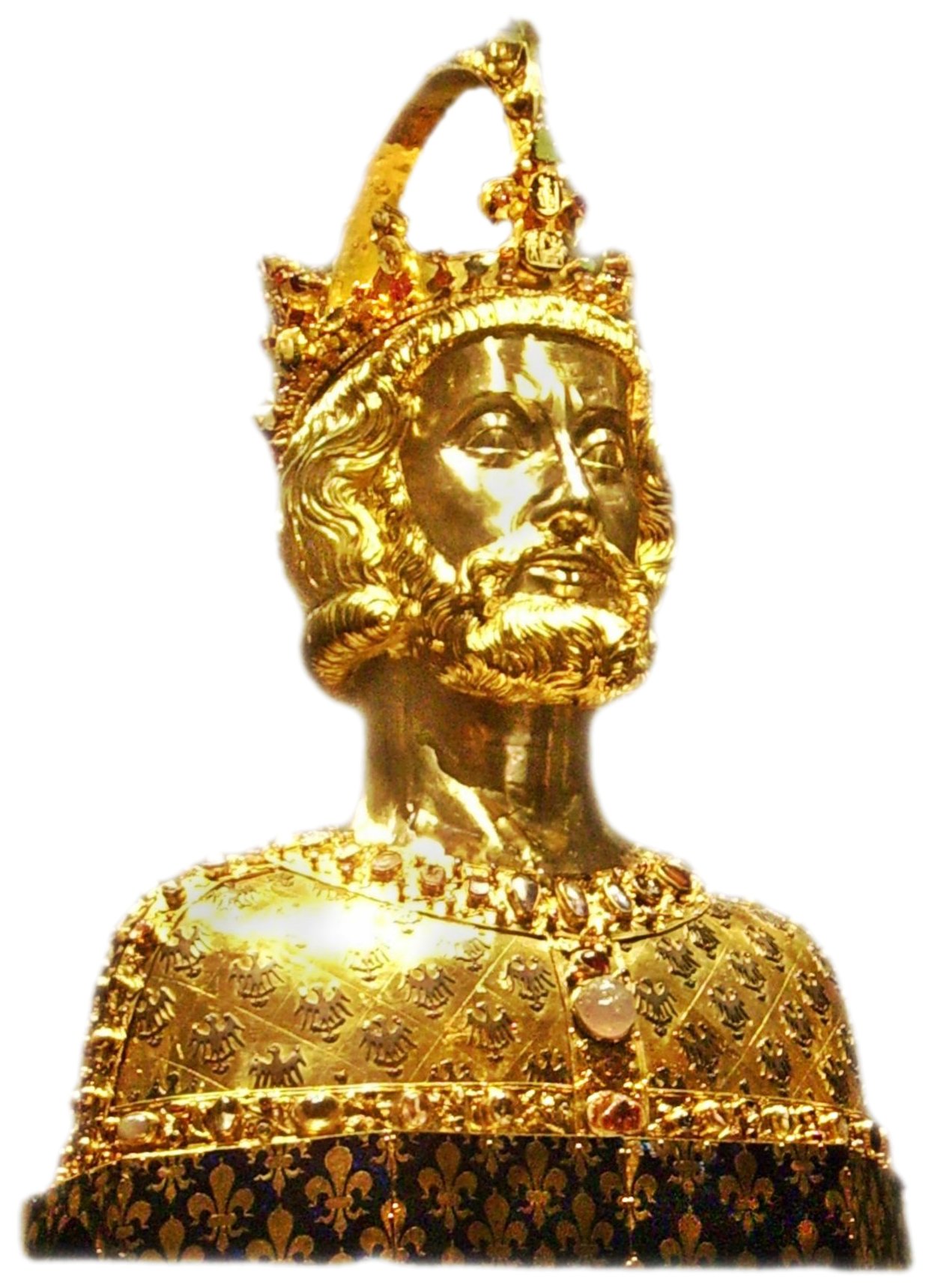



.jpg)


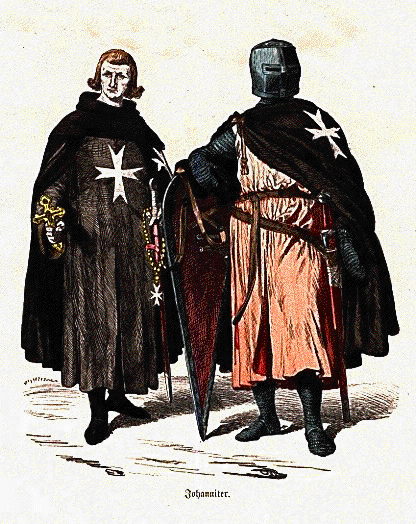

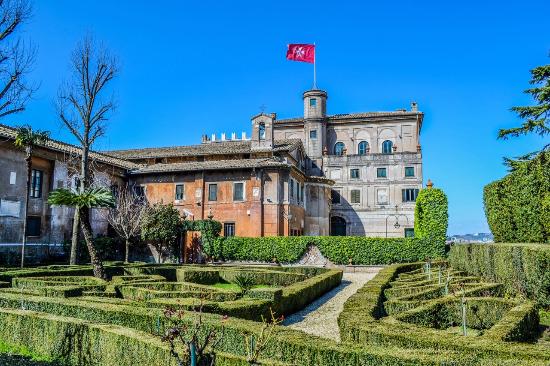


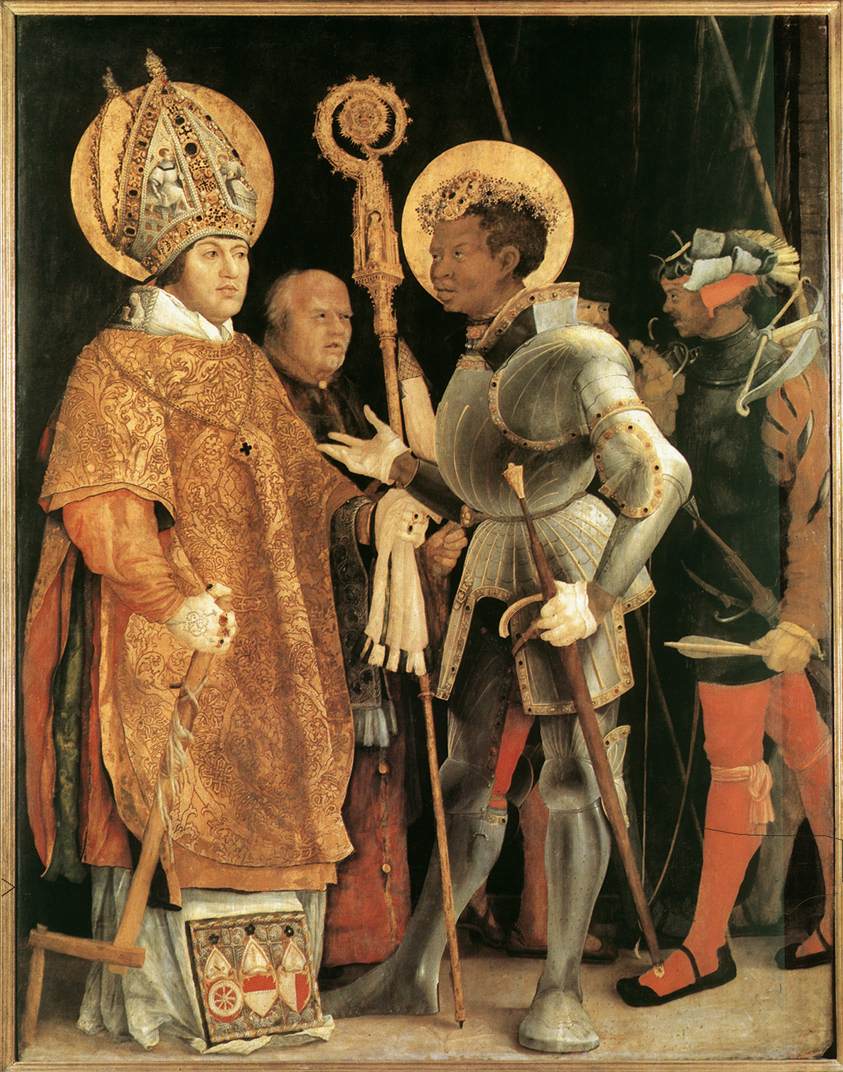
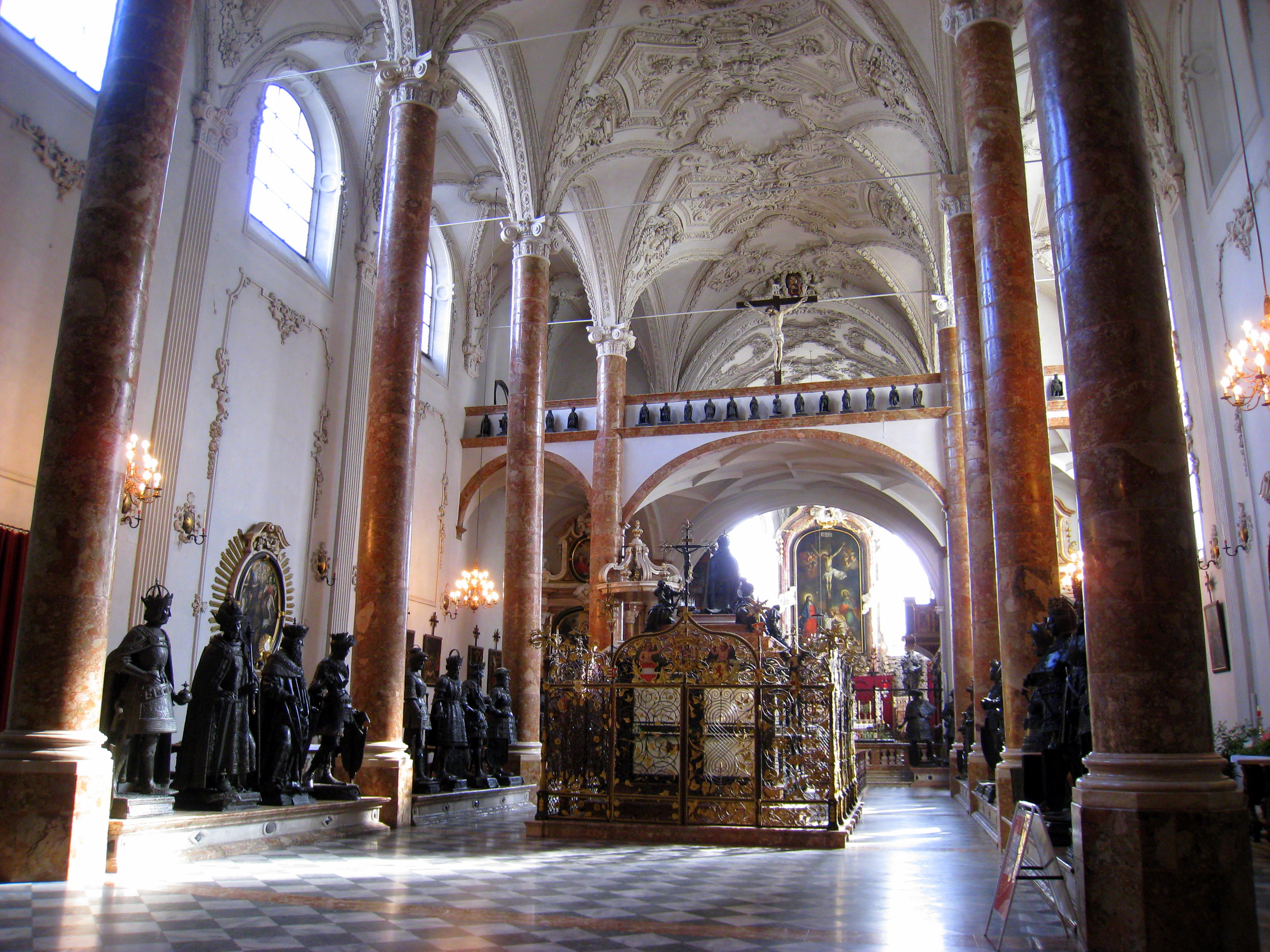


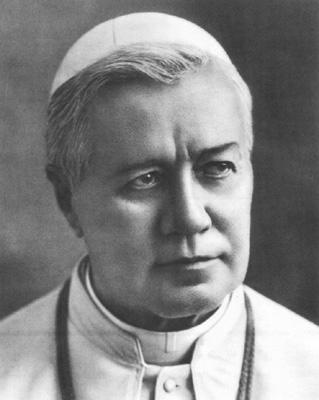














_-002.jpg/220px-Circle_of_Anton_Raphael_Mengs,_Henry_Benedict_Maria_Clement_Stuart,_Cardinal_York_(ca_1750)_-002.jpg)



5 comments:
Dear Tribunus
The development of the twelve prophecies can be traced back via the Armenian lectionary to the Church in Jerusalem. Unlike the Easter rites (the Slav-Byzantine rite to this day has fifteen prophecies, seven of which are found in our Holy Saturday liturgy) the inclusion of the wonderful story of Noah in the series of prophecies is unique to Western rites.
Rome originally had the developed series of twelve, lost them down to four and then restored twelve. The liturgical historian Baumstark gives the detials in 'Comparitive Liturgy'.
I think the question of times is not as straightforward as you suggest. Looking at the sequence of events in Jerusalem given by Egeria one sees the celebration of two liturgies during the course of Holy Saturday afternoon to early Sunday morning. The important thing to bear in mind, which you rightly show in your post, is the baptismal nature of the liturgy and the incorporation of new members of the Church. I am highly sceptical about the modern idea that the Holy Saturday service celebrates the Resurrection per se. I remember many years ago (some twenty in fact) going to the Brompton Oratory vigil and seeing the lights come on and the veil on the painting of St. Phillip descend (and get stuck half way down) during the Gloria.
This theatre is all quite modern of course. The venerable Sarum rite had images uncovered before Mattins of Easter Sunday and so they remained covered for the Holy Saturday liturgy. Likewise the best Roman authors like Gavantus suggest images are uncoverd after the office of Holy Saturday - later editions of Gavantus include other suggested points. A rubric to unveil at the Gloria was introduced into the 1924 missal.
I suspect that as the number of adult baptisms reduced there became the need to change the emphasis to the celebration of the resurrection. Of course in Sarum and many other rites this developed into mimetic 'burial' and corresponding 'raising' ceremonies. In all it was Easter Mattins (perhaps the cruelest of the Bugnini cuts?) that was the high point.
Going back to Egeria it is clear that what we would call the Vigil was celebrated in the afternoon, the catechumens were baptised and received the sacrament for the first time.
The second liturgy seems to have been what we would now call 'Resurrexi'. The arrangement is strikingly similar to modern Russian practice.
A few years ago when Western and Eastern Easter coincided I passed the Oratory on my way to the Russian Cathedral. I found it very odd to think both churches were celebrating the Resurrection with a service of light but with Ennismore Gardens having Paschal Mattins and Easter Sunday liturgy having had the 'vigil' at 10.00am Saturday morning.
Superb!
Thank you!
Thank you.
In the first paragraph I meant to type 'Eastern' not Easter - sorry!
"The Greeks were, and remain, horrifed by what they regard as yet further blasphemy by the Latins in interfering with the ancient ceremonies, since they, the Greeks, still continue with the full ancient ceremonies that have been in place since the earliest times.
Even today, the Greek Church begins the ceremonies in the late evening and continues near enough until dawn, the Faithful, having processed around the Church in search of their Crucified Lord, waiting threafter with expectation, chanting and praying, for their Resurrected Saviour."
Just a couple of details on this. The Greeks have their 'vigil' - the Vesperal Liturgy of St Basil - in the morning of Holy Saturday. Alas in contemporary Greek parish use the number of prophecies has been reduced from 15 to less than half that number. In the Russian practice the full number are retained.
In the evening of Holy Saturday the 'Midnight Office' is sung (in theory at least) which is followed by Paschal Mattins, the service of new fire and the triumphal chanting of 'Christ is risen from the dead..' etc. To supporters of the old Roman Vigil it is interestng to see in Slav use a three-branched candle is used to pass on the new fire and is then used in the services for all of Bright Week.
In the Byzantine rite the Lucernarium ceremonies were moved from the office of Vespers to the beginning of Mattins about a millenium ago. The old Roman liturgy preserved the Lucernarium on Holy Saturday whilst it had vanished from general use in the mists of time. (At one time it was the beginning of daily Vespers and the related Ambrosian rite retained a chant of the same name in its liturgical books. Some non-Roman Western rites retained a Lucernarium for other days of the Triduum, always at Vespers, and the same can be found in some of the neo-Gallican rites up until, comparitively, modern times.
Rather interestingly in the Church of the Holy Sepulchre in Jerusalem the traditional Roman Holy Week ceremonies carried on being celebrated right up until 1995 - forty years after the Bugnini changes in mid-1950s. The delicate arrangement between the different churches meant that the changes were not adopted. In 1995 a rather zealous official from the CDW ensured the rites were modernised but could not change the times. Hence the Paul VI Vigil is celebrated in the morning of Holy Saturday in Jerusalem.
Some years ago an intrepid retired MC of the Latin Mass Society planned to do the ancient, unreformed, Triduum in London. He was stopped by a cabal of clergy who, rather surprisingly, and perhaps hypocritically, all describe themselves as supporters of the 'old rite'.
I am commenting in the year 2021 of your genuine very much needed instruction as the world has transformed this past year we seek our birth rite and ancient beginnings. Thank you.
Post a Comment